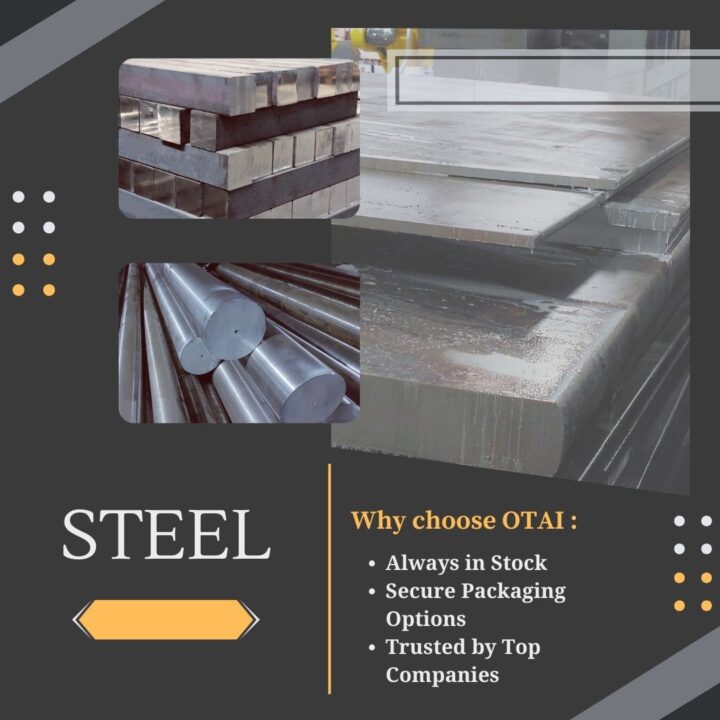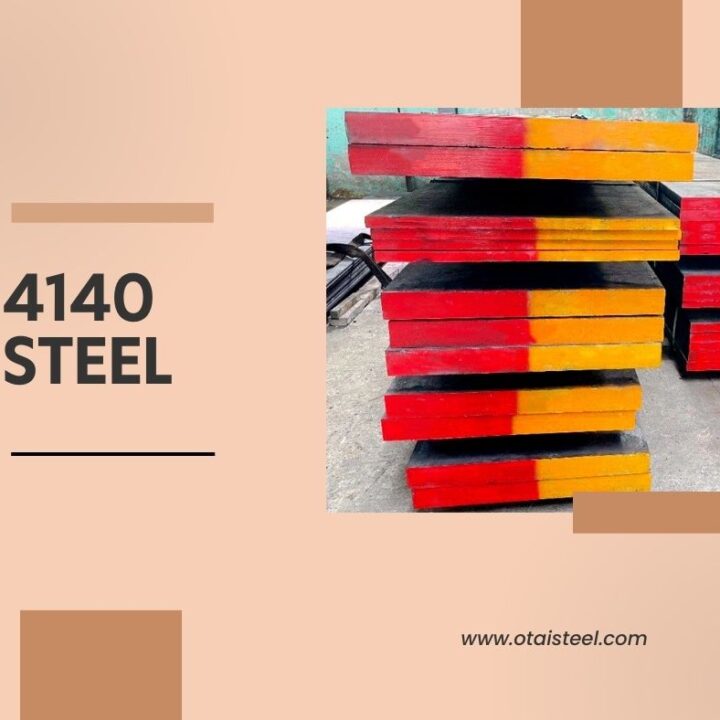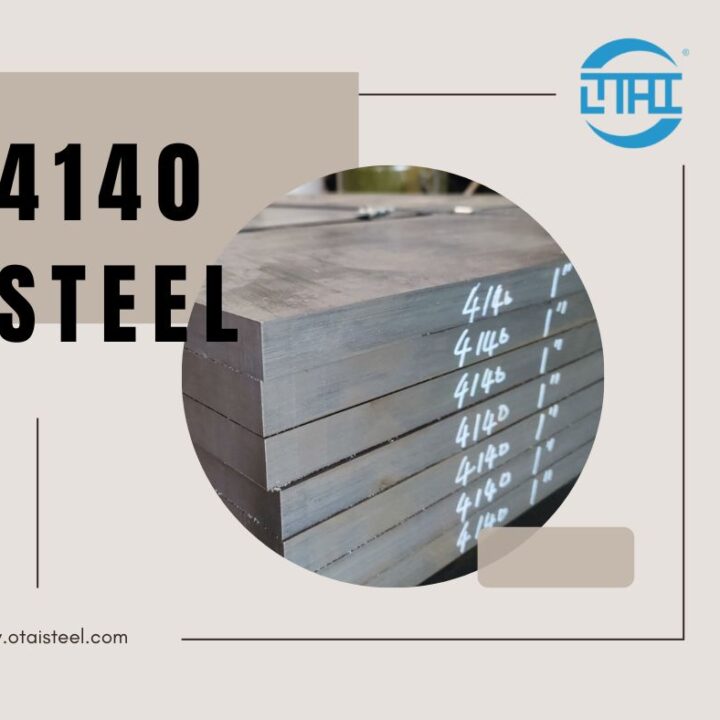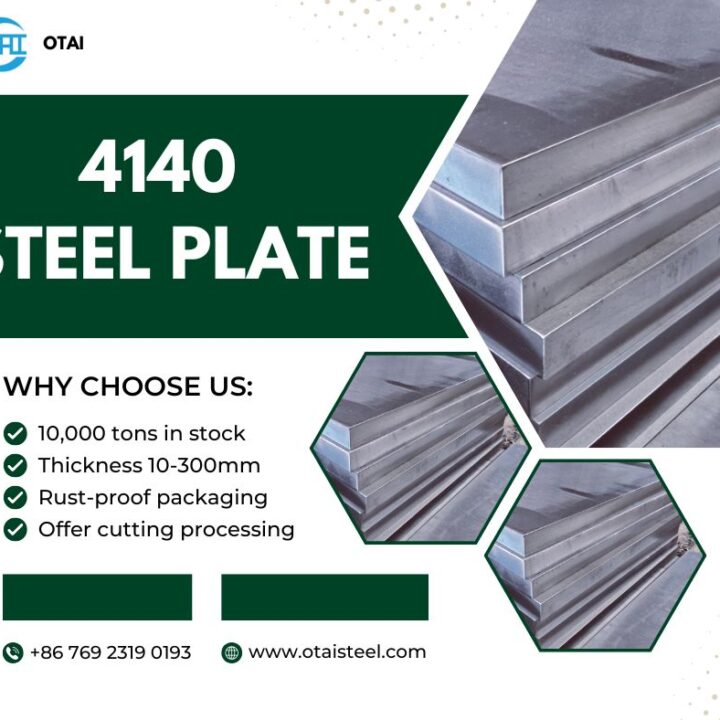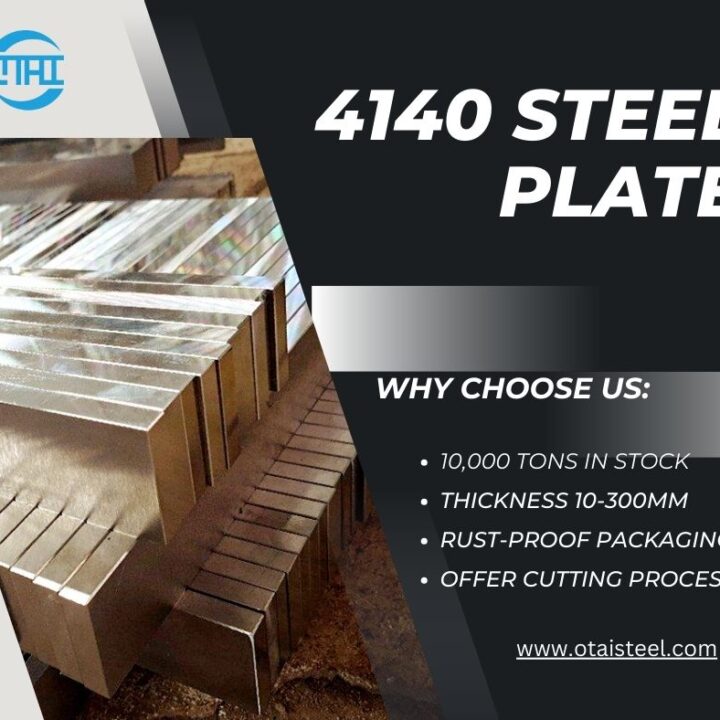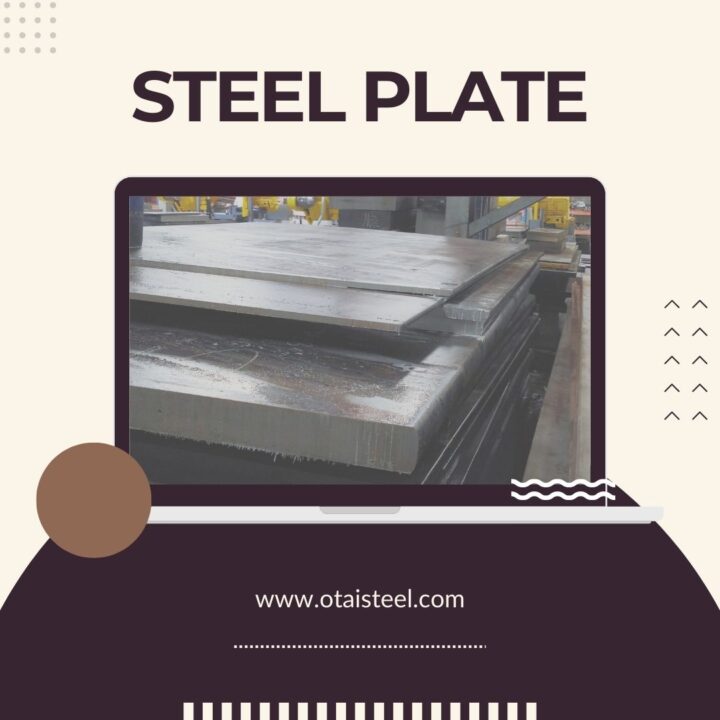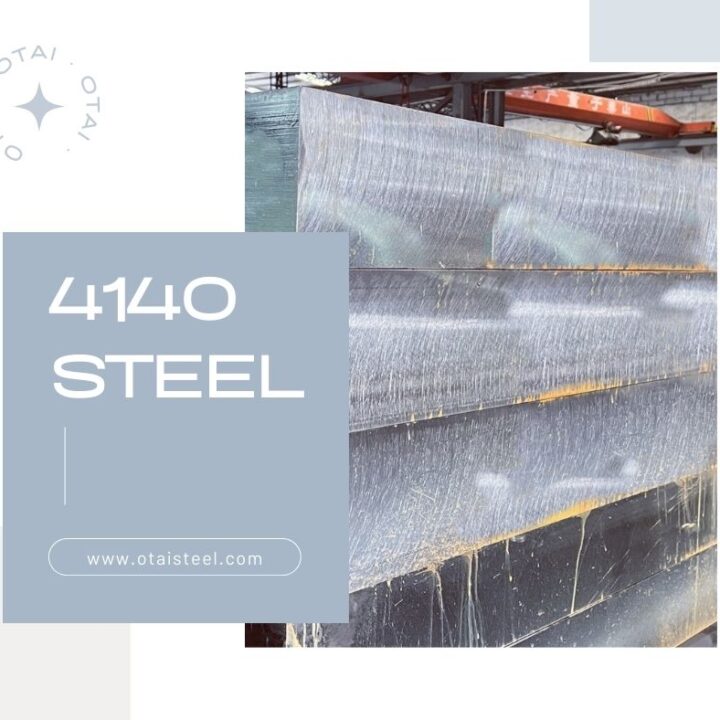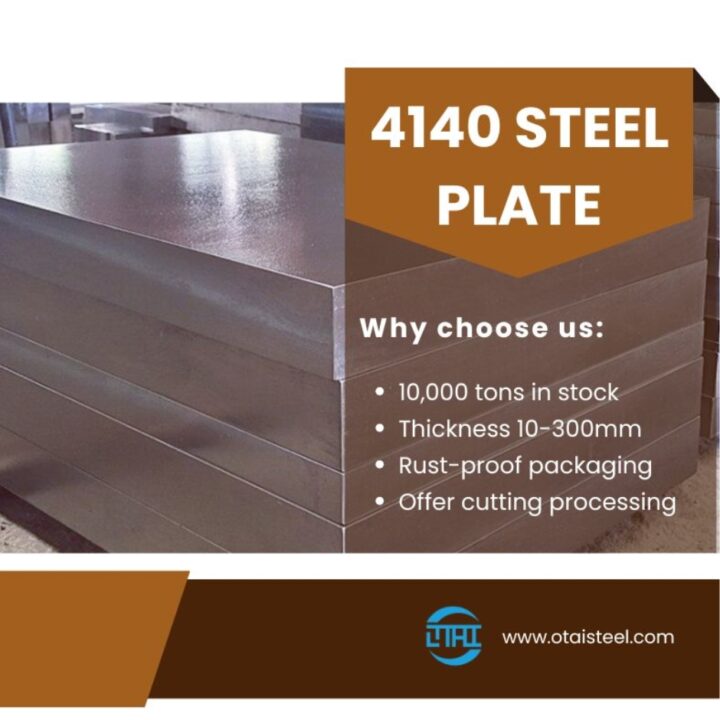4140 steel is a versatile and low-alloy steel that exhibits excellent strength, toughness, and wear resistance. It is a popular choice in engineering applications due to its desirable mechanical properties and ease of machining. (4140 Steel in Shock Absorber)
The Role of Shock Absorbers in Vehicles
Shock absorbers are essential components of a vehicle’s suspension system. They absorb and dissipate the kinetic energy generated during road irregularities, ensuring that the wheels maintain contact with the road for improved stability and control.
Importance of High-Performance Shock Absorber Components
High-performance shock absorber components are critical for providing superior ride comfort, handling, and safety. They are designed to withstand various forces and provide consistent performance under demanding conditions.
Requirements for Shock Absorber Components
Shock absorber components must meet specific requirements, including high strength, fatigue resistance, and the ability to endure continuous cyclic loading without failure. These criteria make 4140 steel an excellent choice for manufacturing such components.
4140 Steel in Shock Absorber Manufacturing
- Advantages of Using 4140 Steel
- High Strength: 4140 steel’s excellent tensile strength makes it ideal for handling the stresses and loads experienced by shock absorber components.
- Toughness: It offers good toughness, reducing the risk of fractures and ensuring a long service life.
- Machinability: 4140 steel is relatively easy to machine and form into complex shapes, allowing for the production of intricate shock absorber components.
2.Specific Shock Absorber Components Made from 4140 Steel
- Piston rods: Piston rods made from 4140 steel provide smooth movement and improved wear resistance.
- Tube bodies: 4140 steel tube bodies ensure structural integrity and durability in various operating conditions.
Manufacturing Process
- Forging and Forming
Forging and forming are common methods used to shape 4140 steel into shock absorber components. These processes enhance the material’s mechanical properties and eliminate defects.
- Heat Treatment
Heat treatment, including quenching and tempering, is crucial for achieving the desired hardness and toughness in shock absorber components.
- Machining and Finishing
Precision machining and finishing ensure the tight tolerances and surface quality required for optimal performance.
Quality Control and Testing
Stringent quality control measures and testing protocols are implemented to ensure that shock absorber components meet the required specifications and standards.
Benefits of High-Performance Shock Absorber Components
High-performance shock absorber components lead to improved ride comfort, enhanced vehicle stability, reduced vibration, and better handling, enhancing overall driving experience and safety.
Applications and Industries
High-performance shock absorber components find applications in various industries, including automotive, aerospace, and defense.
Future Trends and Innovations
Ongoing research aims to enhance shock absorber design and manufacturing techniques, leading to even better performance and efficiency.
The use of 4140 steel in manufacturing high-performance shock absorber components has proven to be an effective solution for achieving superior ride comfort, handling, and safety. With its excellent mechanical properties and ease of manufacturing, 4140 steel continues to play a significant role in enhancing the performance of shock absorbers in various industries.
